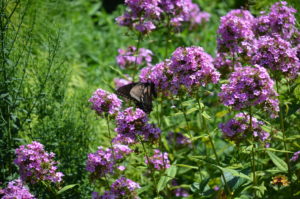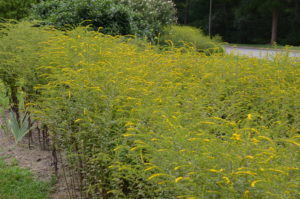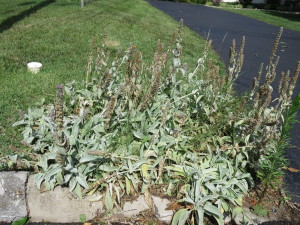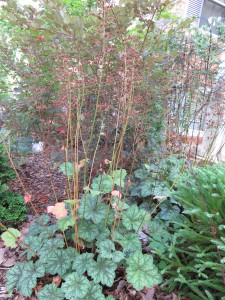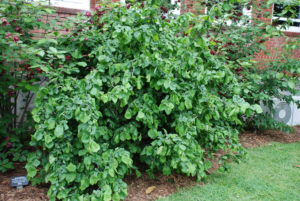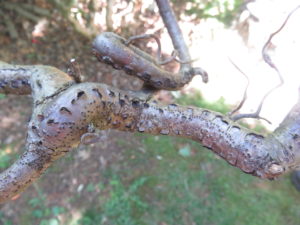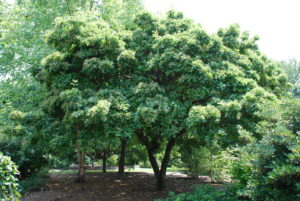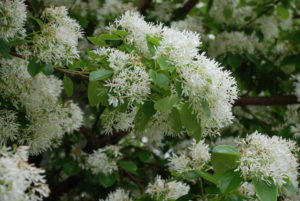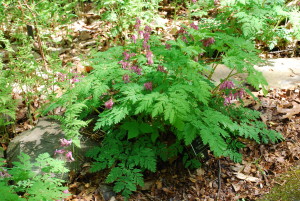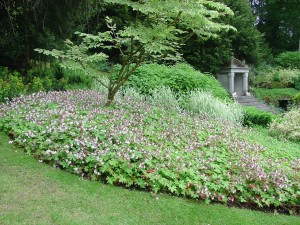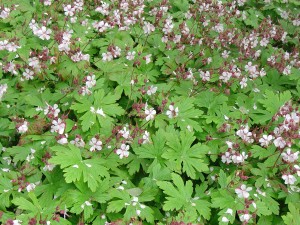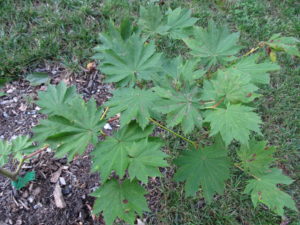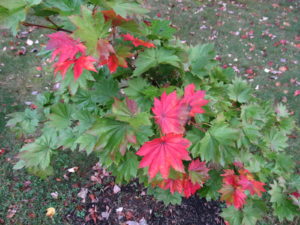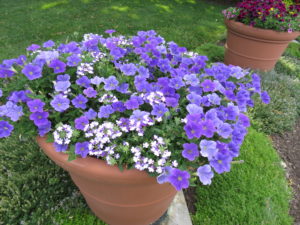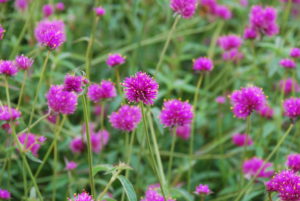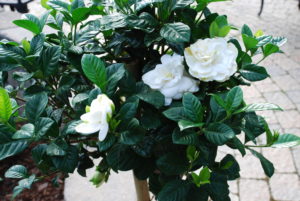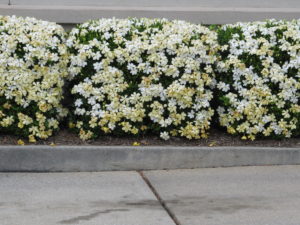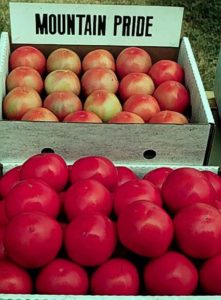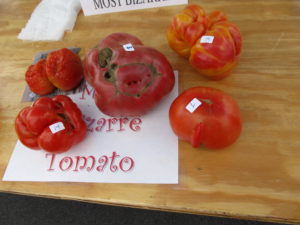Planning a new perennial garden this summer?Include these five very dependable flowering perennials. All are low maintenance and are U.S. natives (USDA Zones 4–8).
‘Zagreb’ (Coreopsis verticillata) has a very uniform plant habit and finely dissected foliage. Plant grows only about 20 -24 inches tall, and is blanketed with bright yellow (gold) flowers coupled with fine-textured foliage. Zagreb grows more compact and uniform habit compared to species.
‘Summer Sun’ heliopsis (Heliopsis helianthoides), also called ‘Sommersonne’, provide long-lasting beauty throughout the summer. Plant grows 2 -3 feet tall and 2 feet wide with strong stems topped with ruffled golden flowers.
‘Jeana’ garden phlox (Phlox paniculata) produces sweetly scented 6- inch long lavender-pink flowers. The fragrant florets are soft pinkish-lavender with a darker wine colored eye. Plant typically grows as a clump to 2-4 feet tall and 3 feet wide on stiff stems clad with 3-4 inch long deep green leaves. Foliage is highly resistant to powdery mildew.
‘Bluebird’ aster (Symphyotrichum laeve), formerly Aster laevis, produces abundant, violet blue flowers with yellow button centers on 3-4 feet tall stems in September-October. Its attractive bluish-green foliage is virtually pest-free. In mid-June prune back the vigorous growing stems by one-half to encourage branching and compactness.
‘Fireworks’ goldenrod (Solidago rugosa ‘Fireworks’) is a striking, clump-forming perennial with stiff lateral golden yellow flowers in early to mid-autumn. This dwarf growing selection grows only 3-4 feet tall and blooms over 2-3 weeks. Include in a container, garden border or meadow.
All five perennials perform best in full sun and in moist, compost-rich, well-drained soil. All tolerate poor to average soil if drainage is good. All are moderately drought tolerant after first year in the garden. Three of five perennials will bloom into autumn if old spent blooms are quickly removed (deadheaded).
All perennials attract butterflies, bees and other nectar gathering insects into your garden. Bring cut flowers in for fresh and dried arrangements.

